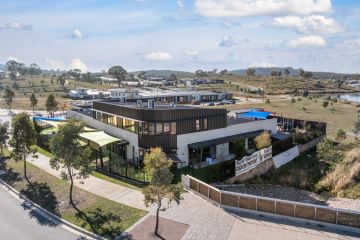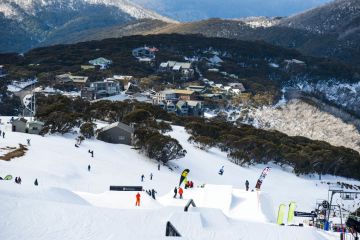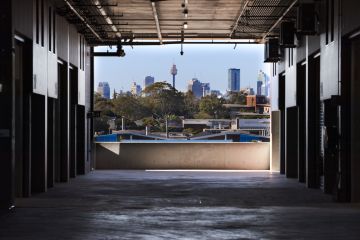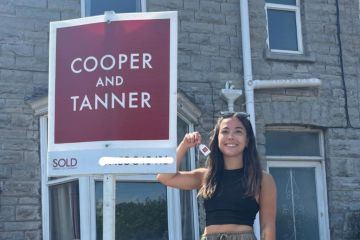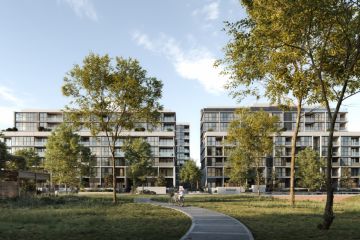Brisbane City Council budget: Property experts 'disappointed' with unit rate hike
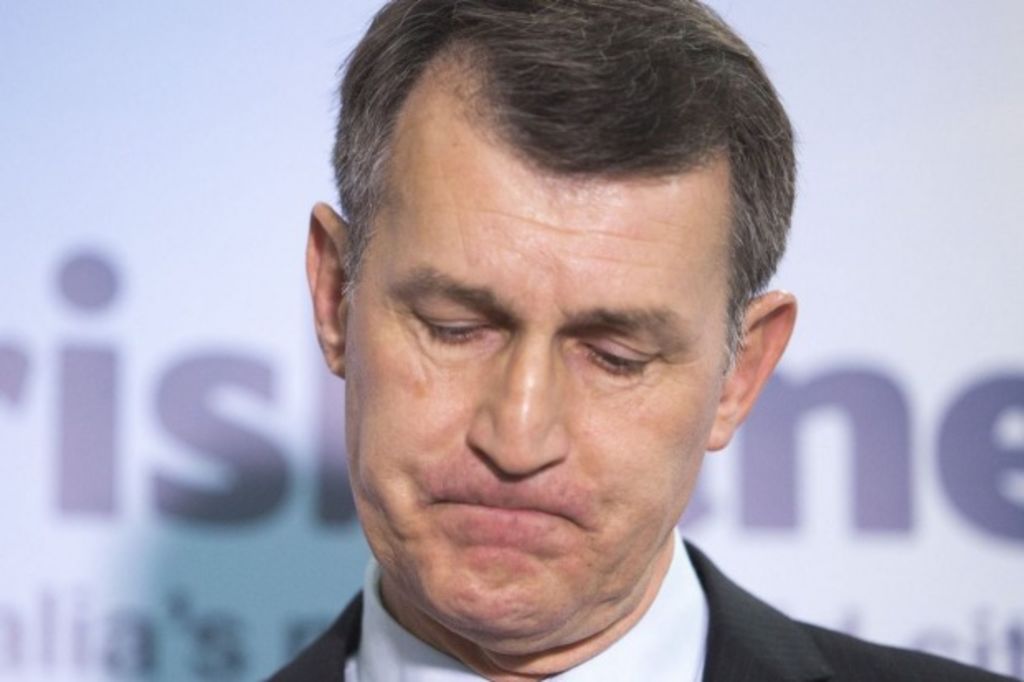
Property experts say they’re “disappointed” with the rate hike announced in the 2016-17 Brisbane budget.
Lord mayor Graham Quirk increased Brisbane’s minimum annual rates bill by $100 a year, which means unit owners could face a rates increase of up to 18.6 per cent.
Ratepayers throughout the city will be hit with an average rates increase of 4.7 per cent, with minimum annual rates being increased from $535.88 to $635.88.
Experts say the rate increase shouldn’t affect the unit market in Brisbane, but it’s still not great news.
Domain Group chief economist Andrew Wilson said it was another negative announcement for unit buyers, noting unit vacancy rates in Brisbane continue to rise.
“It just keeps on coming doesn’t it?” Wilson said.
“The significant rate increase makes [inner-city units] a tougher proposition for buyers, considering supply is moving ahead of demand.”
Market analyst and buyer’s agent Simon Pressley said it won’t affect the market, but that doesn’t mean he condones a rates increase.
“I’m curious as to why any council would increase rates more for one dwelling style than another,” he said.
“I’m particularly curious why, when the sheer volume of units is increasing, why there is any adjustment, when there are more units to collect rates from.”
However, Property Council of Australia’s Brisbane executive Chris Mountford said the state budget will hurt the unit market in Brisbane more than Cr Quirk’s announced rate hike.
“Certainly its disappointing to see rates go up so significantly, to be honest it’s coming at a challenging time across south-east Queensland,” he said.
“The foreign investor tax will have an impact on the viability of apartment projects in particular; I can appreciate based on numbers there’s a discrepancy between what a normal ratepayer and an inner-city apartment dweller pays in rates.”
Mr Mountford said for a $600,000 apartment in Brisbane’s CBD, an extra $100 a year “pales in significance” to the $20,000 a foreign investor would have to pay due to the new tax introduced by Queensland Treasurer Curtis Pitt on Tuesday.
“It will have nowhere near as much of an impact,” he said.
Cr Quirk said it was fair to bring unit rates into line with other residential dwellings.
“Brisbane is experiencing significant growth in unit development,” he said.
“However, what many people don’t realise is that many of these units only pay the minimum rate.
“…This places an unfair burden on existing ratepayers who are required to make up the shortfall in funding for infrastructure and services.”
Cr Quirk defended the rate increase, saying it was needed to fund the Metro and other infrastructure projects.
“I acknowledge that this rates increase is larger than previous rates increases in my time as lord mayor, but this increase is directly associated with building the infrastructure necessary to keep Brisbane heading in the right direction,” he said.
The biggest average rates rises for houses and units will be felt in Hawthorne (7.5 per cent), Chelmer (7.4 per cent), Ascot and Clayfield (7.3 per cent), Ellen Grove (7.2 per cent), Bulimba (7 per cent) and Balmoral, Hendra, Inala, Sherwood and Wacol (6.9 per cent).
Residents in Cowen Cowen (-7.7 per cent) Bulwer (-7 per cent), Kooringal (-6.8 per cent), Boondall (-0.5 per cent) will, on average, see their rates reduce.
With Cameron Atfield
We recommend
States
Capital Cities
Capital Cities - Rentals
Popular Areas
Allhomes
More
